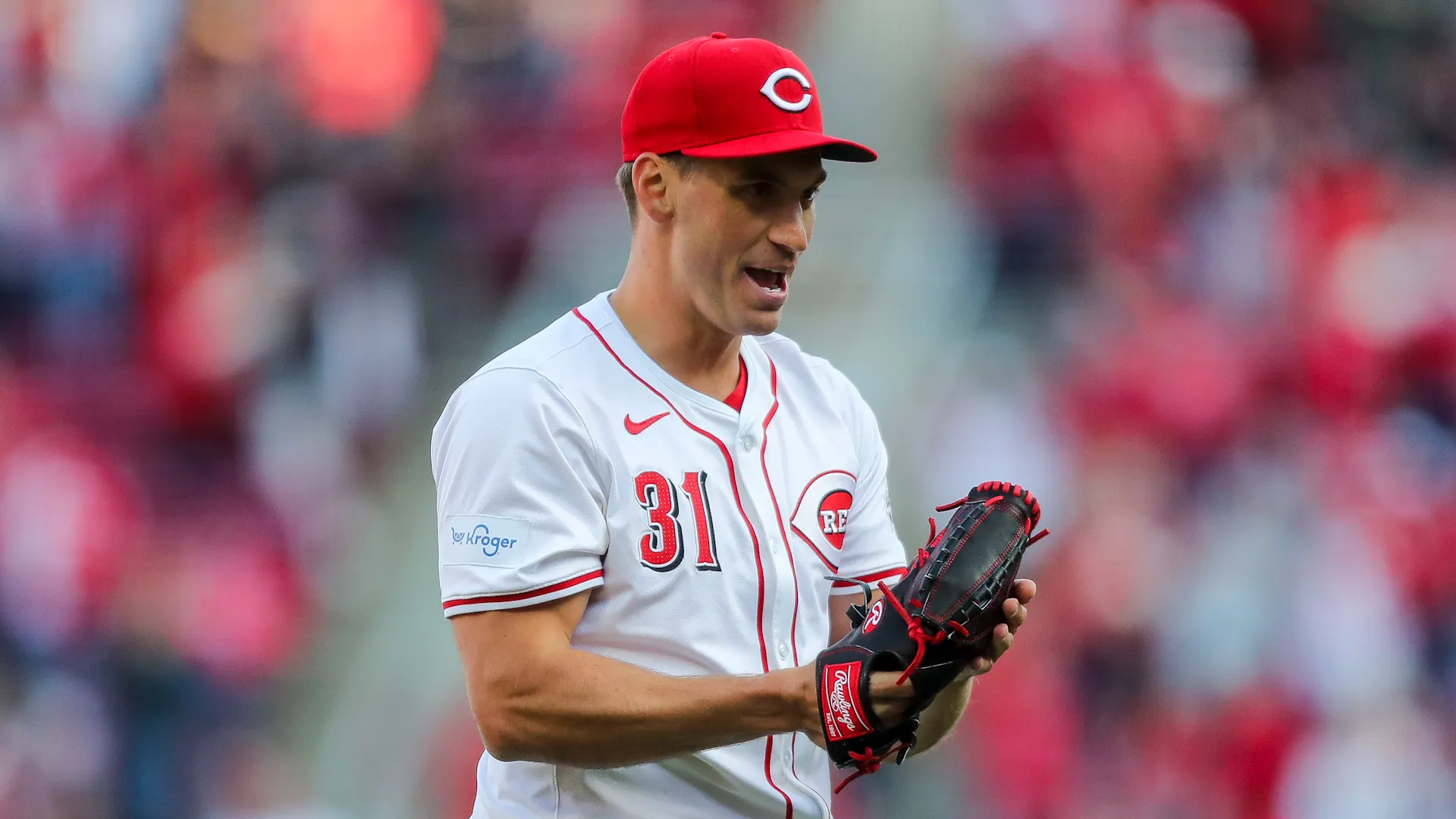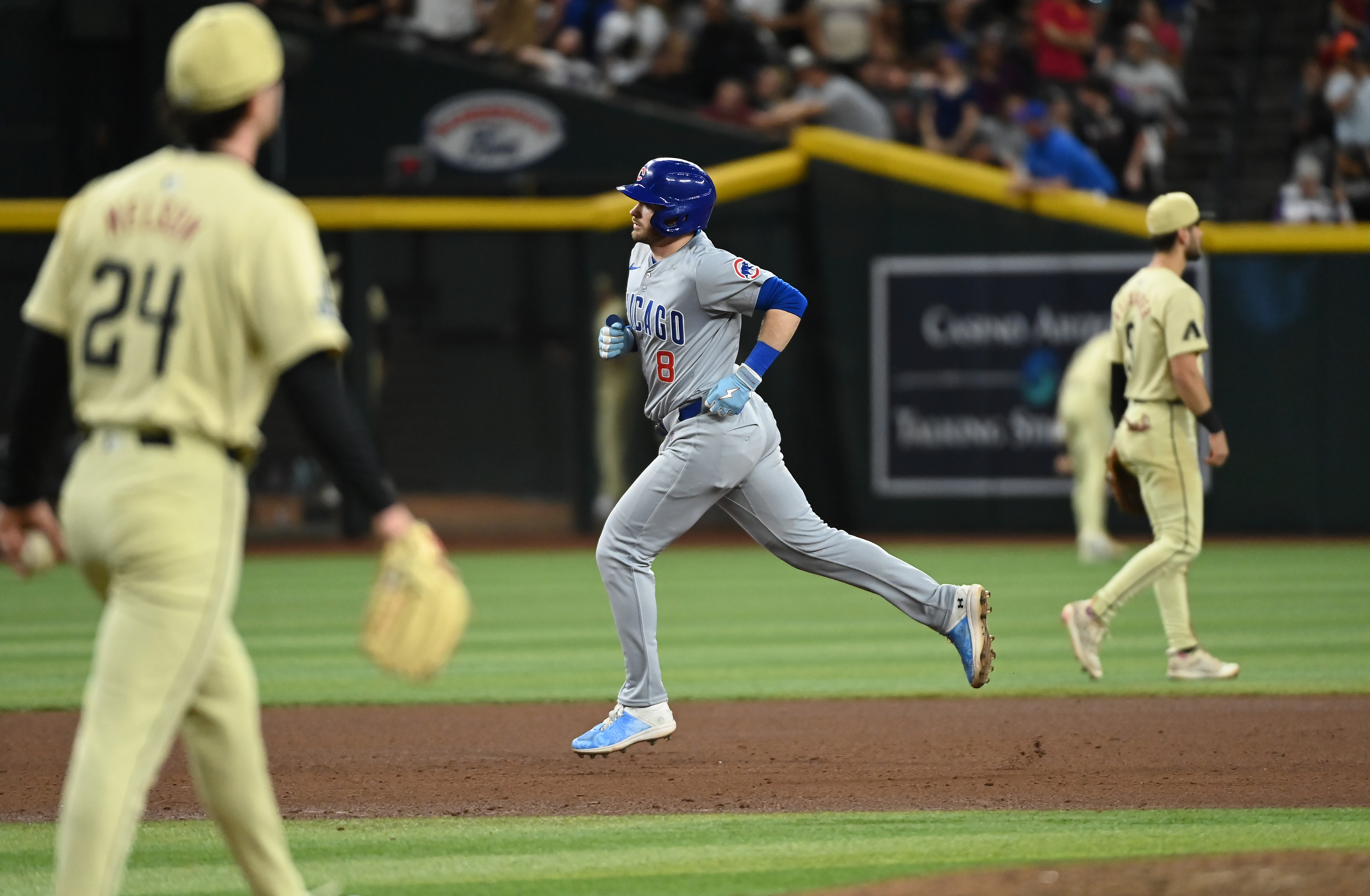
Someone, somewhere, sometime soon is going to give Bryce Harper a *lot* of money.
Whoever decides to pay Harper $330-350 million over the next 6-8 years will also look for a *lot* of return on investment, which stands to reason. Gone are the days of 10-12 guys getting massive, above-value contracts per offseason. Love it or hate it, fiscal prudency is all the rage in baseball, and teams are going to look long and hard before handing out the type of contracts that they were throwing left and right only half a decade ago.
Because Harper exsists in the 1% of pro baseball players that are still going to get nine-digit contract offers, whichever fanbase he ends up playing in front of for 82 games a year will dissect his performance in a way that few players before him have experienced. Want to get Cubs' or Yankees' or Phillies' or Mystery Teams' fans off your back? Here's what Harper can improve upon during the first year of his new deal.
Strike out less
It's the goal of every pro baseball not named Mookie Betts or Jose Ramirez to cut down on the strikeouts, and while may be obvious to point out that it'd be nice if Harper K'd less, it should be noted that Harper was especially free-swinging last season. His K% was all the way up at 24.3 percent, his highest since 2014. He had 169 strikeouts in 2018, which is far and away his worst season in that regards. Ironically enough, his next-worst season was the 2015 campaign, when he notced 131. He also notched the MVP that season, so.
Power hitters are going to strike out, especially in the increasingly-infamous Three True Outcome era. Minus a radical change to plate approach -- which NO team that's about to give someone 300 million dollars wants to hear about -- Harper's strikeout percentage is always going to sit in the low-20s. With that said, there's a big difference between 20-21% and 24%, as you know, and only two hitters with higher wRC+'s than Harper also had higher K% -- Paul Goldschmidt and Brandon Nimmo. Even getting back close to his career average (21.2%) would be a win for him next year.
Get better on the bases again
MLB
Harper's bat grants him baserunning leniency, but it'd be nice if he got back at least not having a negative impact on the basepaths. According to FanGraph's baserunning metrics, it's been two years since Harper's been worth even one run on the bases. In his first five years with the Nationals, he was worth at least two runs four times - and even got above three twice. How active Harper is on the basepaths has a lot to do with whoever's his manager next summer, but he has the speed to at least be a plus runner. Does he need to haul down the line to beat out a grounder to 2nd in a late-August game in Texas? No. But considering only eight guys got on base more often than Harper did last year, it'd be nice to see him take some more chances with all the opportunities he's given.
Get luckier
This one only kind of counts, because obviously Harper has no ability to control the type of luck he gets. A lot of Harper's bizarre 2018 season stems from the fact that he was historically unlucky, especially in the first half of the year. His .226 BABIP during that stretch was 18th-worst in all of baseball, putting him with the likes of Texas' Joey Gallo and Baltimore's Chris Davis. He posted a .378 BABIP in the 2nd half, which is even better than his career average (.318). Not convinced yet? Harper hit .249, slugged .496 and posted a .376 wOBA. Per Baseball Savant, his expected results in those categories were .270, .506, and .398, respectively. He was a much better hitter last season than he gets credit for, and suffered because of a prolonged slump that looked bad in all the wrong categories. Even being a smidge more lucky over the first eight weeks of next year will go a long way.


